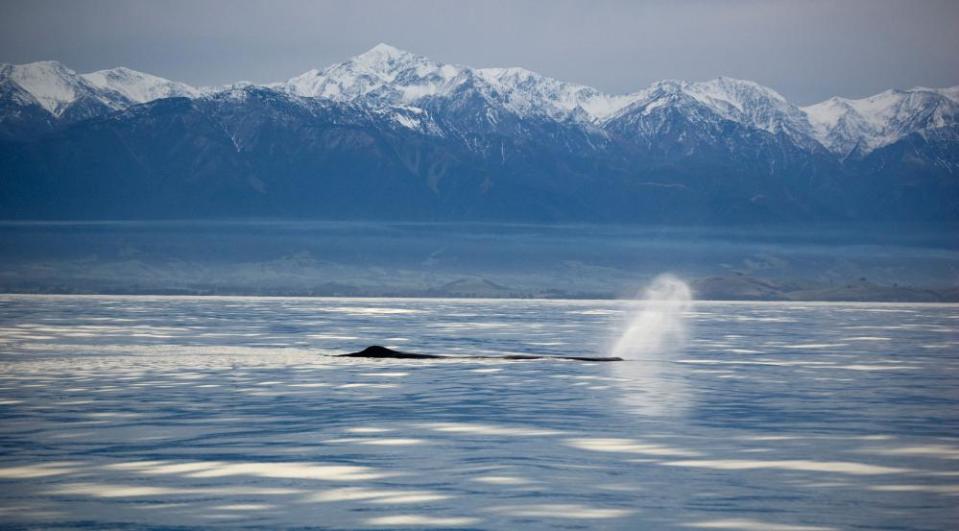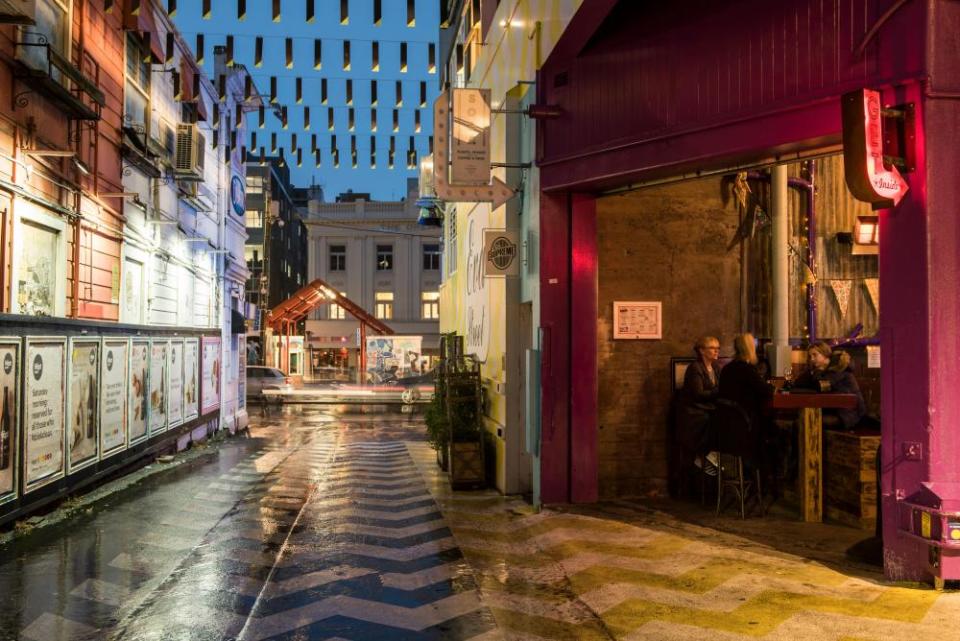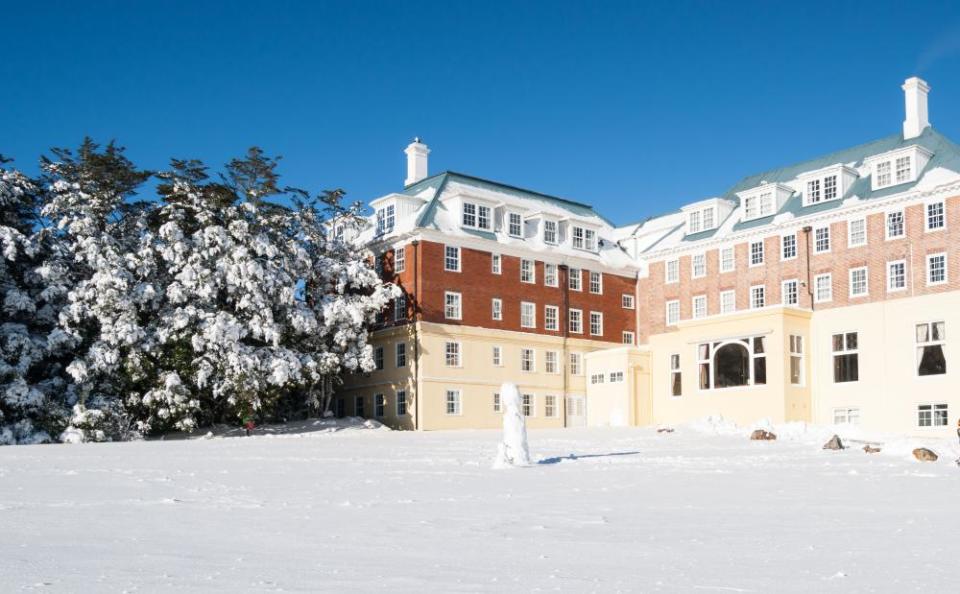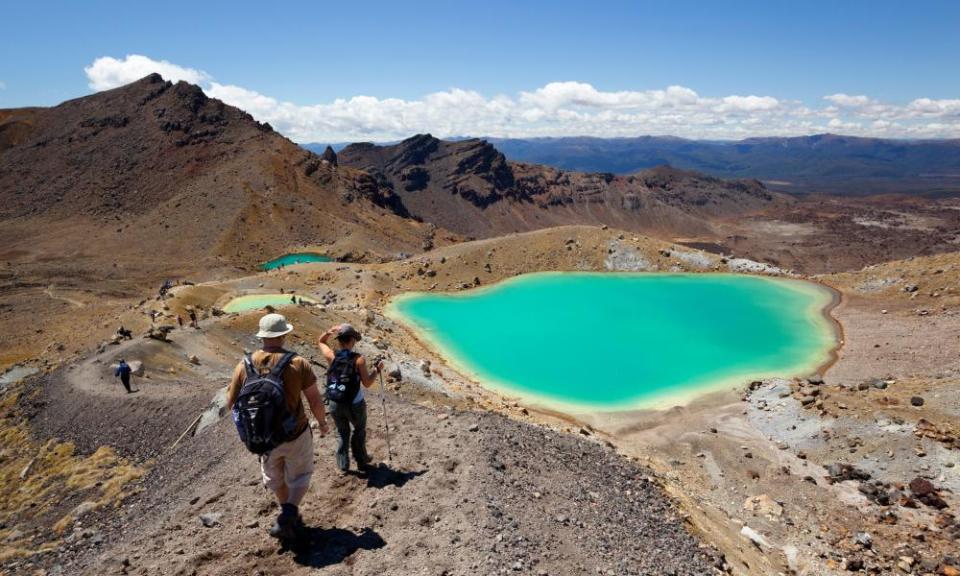Around the globe, across the pond: New Zealand destinations that feel like a world tour

The world hasn’t been Australia’s oyster for awhile, but with the trans-Tasman bubble officially open, a small glimpse of international travel can feel like a whole new world.
New Zealand is often talked about for having some of the world’s most spectacular scenery - Lord of the Rings’ legacy lives on – but beyond Hobbiton, it has many more hidden gems that will remind you of travels to more far-flung destinations.
With two-way quarantine-free travel freshly open – it’s the perfect time to see what New Zealand - Aotearoa, the land of the long white cloud - has to offer.
If you’re craving … an arctic circle adventure
Go whale watching on the Kaikoura coast

In Iceland people have described the sound of beluga whales as being like a string orchestra tuning up before a concert. We love to watch these massive mammals make their slow migration between hemispheres to milder waters.
Kaikoura on the South Island’s east coast has some of the most spectacular whale watching in the world, with snow-capped mountains sometimes in view on shore. You can see a population of resident sperm whales all year round and humpback whales in June and July.
Related: Domestic bliss: Australian destinations that feel like an overseas holiday
In the late 1980s, starting the first whale watching business was a local Maori leader’s solution to growing unemployment among his community. Local elders mortgaged their houses to secure the loan which led to a now-thriving industry.
At the time passengers travelled on 6.7 metre inflatable boats with eight passengers at time. Thousands of passengers went whale watching in the first year and a larger boat with an upper viewing deck was eventually bought.
Today, Whale Watch a nature-based tourism company owned and operated by the Ngati Kuri people of Kaikoura – a sub tribe of South Island’s larger Ngai Tahu tribe – can carry up to 100,000 passengers each year.
If you’re craving … an urban escape
Explore Wellington’s Te Aro neighbourhood

If getting lost walking around the vibrant neighbourhoods of a hip little city like Vancouver or Helsinki is your thing, then Wellington’s central city neighbourhood Te Aro, should be on your radar.
Wellington – voted one of the world’s most liveable cities – is not just great because it’s where Jacinda Ardern spends most of her week in Parliament, it has a thriving food scene.
Te Aro has come through the pandemic largely unscathed, rather than closures the neighbourhood is sporting a host of new businesses.
Intrepid Hotel, opening in May, is among them. It’s in a heritage listed building that used to be the offices and warehouse for the Cadbury brothers who imported and distributed cocoa and chocolate to retailers in Wellington. Boutique but affordable, each room features local artwork, including one that pays homage to New Zealand director Taika Waititi.
It sits right beside the intersection of Te Aro’s booming Cuba Street – lined with craft breweries, cafes, restaurants and fashion boutiques – Wellington’s own little piece of bohemia.
Fidel’s cafe is an institution serving Cuban coffee with New Zealand hospitality offering some of the best brunches in the city. Nearby Havana Bar (yes, there’s a theme developing) is a tapas bar with music three nights a week.
Nearby, Highwater is a modern restaurant offering seasonal food that is mostly sourced from local producers.
Hannah’s Laneway, a converted shoe factory, is crammed with restaurants, small retailers and bars, including Golding’s Free Dive, a craft beer bar that’s been put together using recycled materials. You can order from the nearby family-run Pizza Pomodoro and have it delivered to the table.
If you’re craving … a classic chalet
Visit Tongariro Alpine Crossing and Tongariro Chateau Hotel

If you’ve been dreaming of the views from Chamonix, the Chateau Tongariro Hotel offers a similar backdrop (and setting) in the centre of New Zealand’s much easier to get to North Island village – Whakapapa.
New Zealand’s very own chateau was built in the 1920s and it feels like stepping back in time. Surrounded by jaw-dropping mountain views of Tongariro and Ruapehu, many of the grand old rooms face out over the scenery.

The famed nearby Tongariro alpine crossing is a one-day hike that is often rated among the top ten single day walks in the world.
The 19-km walk is steep, and the weather can be unpredictable, but as the hike weaves through a network of volcanic craters, mountain springs, scoured volcanic rock up to a spectacular emerald lake, it will all feel worth the effort.
If you’re craving … a long soak
Bathe at Rotorua

You don’t need to go to Pamukkale or Hokkaido for spectacular or relaxing geothermal activity.
Rotorua, on the North Island, has one of New Zealand’s biggest mud volcanoes and the largest hot waterfall in the southern hemisphere, located in the geothermal reserve and spa Hell’s Gate.
Rotorua’s geothermal waters are also one of the best spots to immerse yourself in Maori culture. Maori call the water in the region waiariki (water of the gods).
With centuries of history, it’s one of the best places in the country to experience Maori culture.
There are five villages you can visit to see how Maori lived traditionally – Tamaki, Te Puia, Mitai, Whakarewarewa and Ohinemutu. Here you can learn poi dances, taste hangi (a feast cooked in the ground), and watch performers.
Te Puia is a famous cultural performance near the popular Pohutu geyser – boiling mud pools.
The region has a long history of tourism. In the nineteenth century people travelled to the area to experience the believed healing qualities of the water and to visit the pink and white terraces, which were destroyed in the 1886 eruption of Mount Tarawera.
While in the area, you can take a quick detour to Japan with an onsen-style stay and soak experience at Terume hot springs, where they source the water for their three hot baths from geothermal waters 160m underground.
Meanwhile, budget-conscious travellers can bathe for free at Kerosene Creek.


